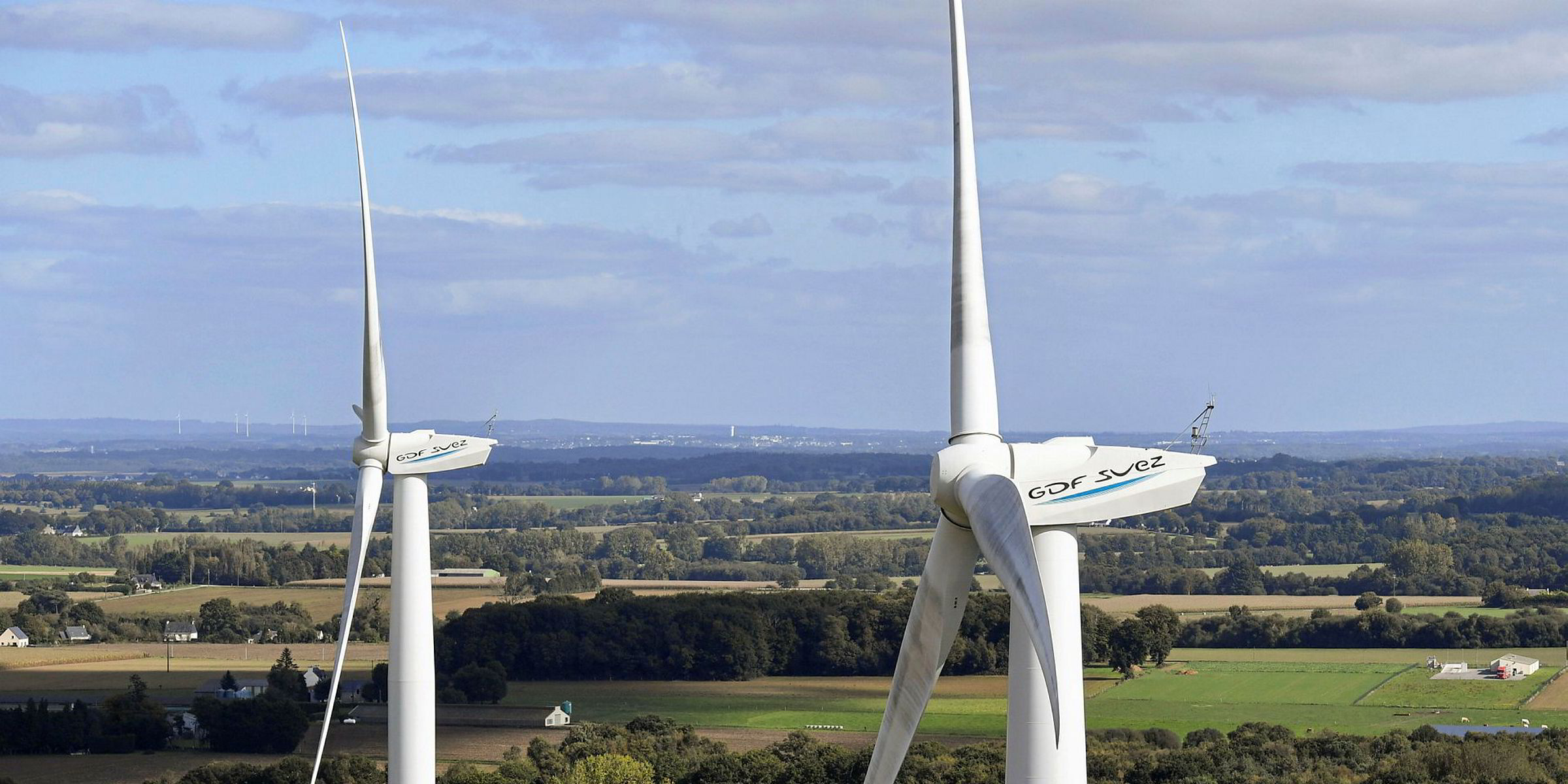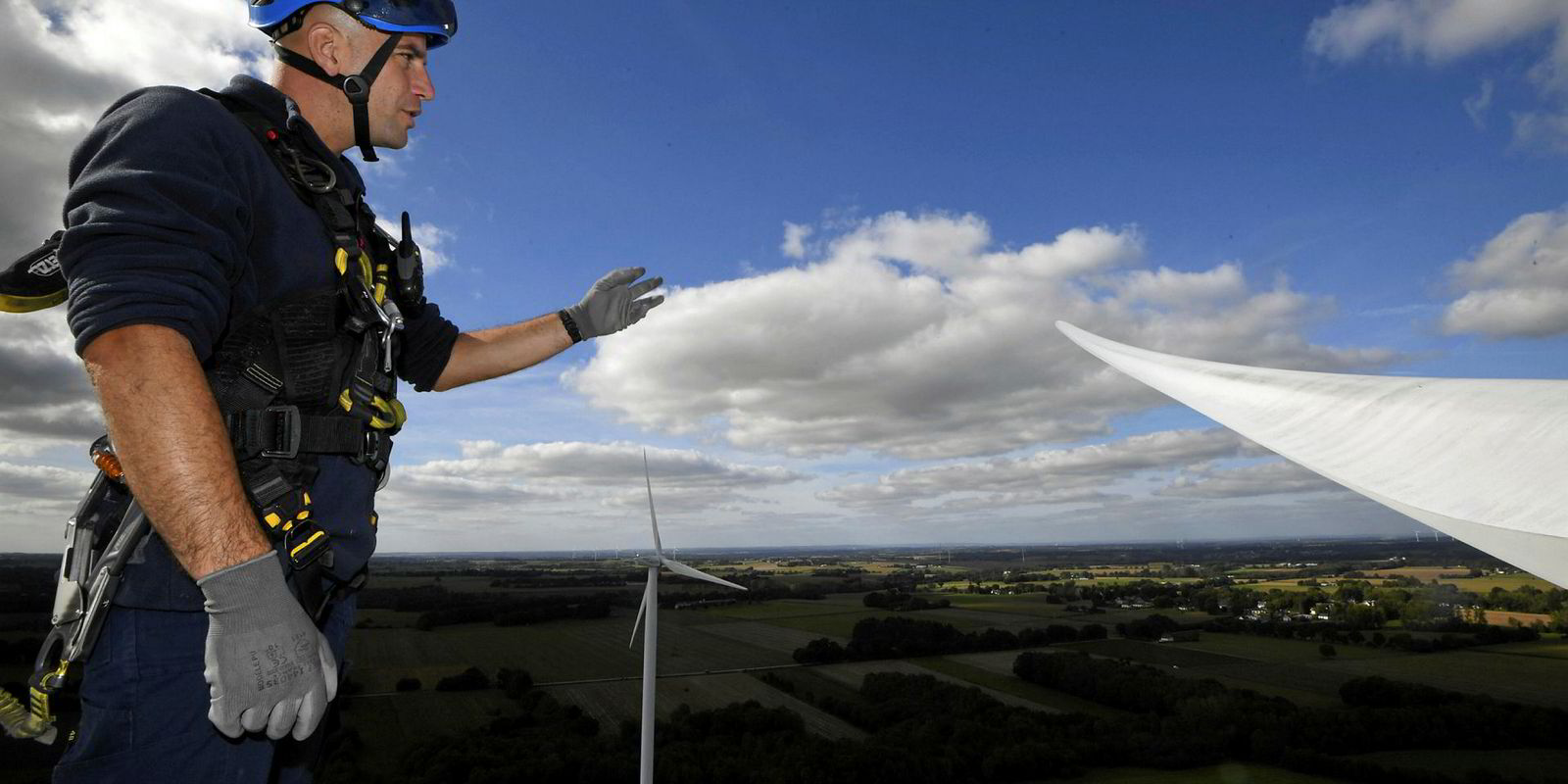France Energie Eolienne (FEE) welcomes the results of the country’s first tender for large onshore wind projects – but there could be danger ahead.
The tender for large onshore plants (more than six turbines, or including machines with nominal capacity bigger than 3MW) saw 22 projects, accounting for 508.4MW, rewarded with an average price of €65.4/MWh ($80.5/MWh).
About 900MW-worth of projects were candidates, ensuring a good level of competition.
In the government press release announcing the result, this price was compared to the CfD tariff of €72/MWh which is dedicated to smaller wind farms in terms of turbine quantity (up to six) and capacity below 3MW.
Reflecting the price decrease in this way is actually only an approximate comparison, as the €72/MWh applies just to a limited amount of annual production proportional to rotor size, the (potential) remaining annual production being remunerated at €40/MWh – even if market prices are higher.
So €72/MWh is the maximum cost of the energy produced by small wind installations. Furthermore, it makes no sense to compare the prices between two fully-complementary support schemes that are dedicated to turbines representing different stages of technological advance. It would be more relevant to benchmark the price decrease against the last feed-in-tariff of €82/MWh over a 15-year contract.
The CfD tariff was put in place less than a year ago, alongside the tenders, in order to allow the installation of older and smaller wind turbines that are less competitive in terms of LCoE. This is necessary for the French market in order to save those older projects still under development process because of the long appeal procedures that are very specific to the French market.
It is also needed to allow the installation of wind turbines in the large and numerous zones of spatial and heights constraints, for example because of aviation and radar factors.
In terms of the installed capacity objectives of France, the coexistence of these two mechanisms is well balanced in terms of volume. But the announcement by the government of plans to enlarge future tender eligibility to smaller wind parks – and thus to remove the CfD tariff – is a dangerous decision.
Such a sudden modification as proposed by the government is a negative signal for developers and investors, who need visibility and stability. This is even more valid for the French wind market which has been often subject to regulatory shocks regarding its support schemes.
Like the government and the energy regulatory authority, FEE and its 300 members want to reduce electricity prices paid by the consumers. For this purpose, the most recent technologies – with higher tip heights and larger rotor sizes – need to be prioritised.
The national wind working group, led by the secretary of state Sebastien Lecornu, during the last few months has brought the government 10 proposed measures. Some of them are very positive for the wind energy industry in France, like the removal of a layer of jurisdiction for appeal procedures.
Spatial and heights constraints remain unchanged, however. That means development lengths will be shorter, but will remain longer than in other countries. France will need a dedicated support scheme for small wind turbines as long as these constraints will stay.
Tenders will continue to drive the cost reduction of wind electricity only if spatial and height constraints are removed to allow the latest wind turbines technologies to be installed in France.
Pierre-Albert Langlois is head of economic and legal affairs at French wind power association FEE


